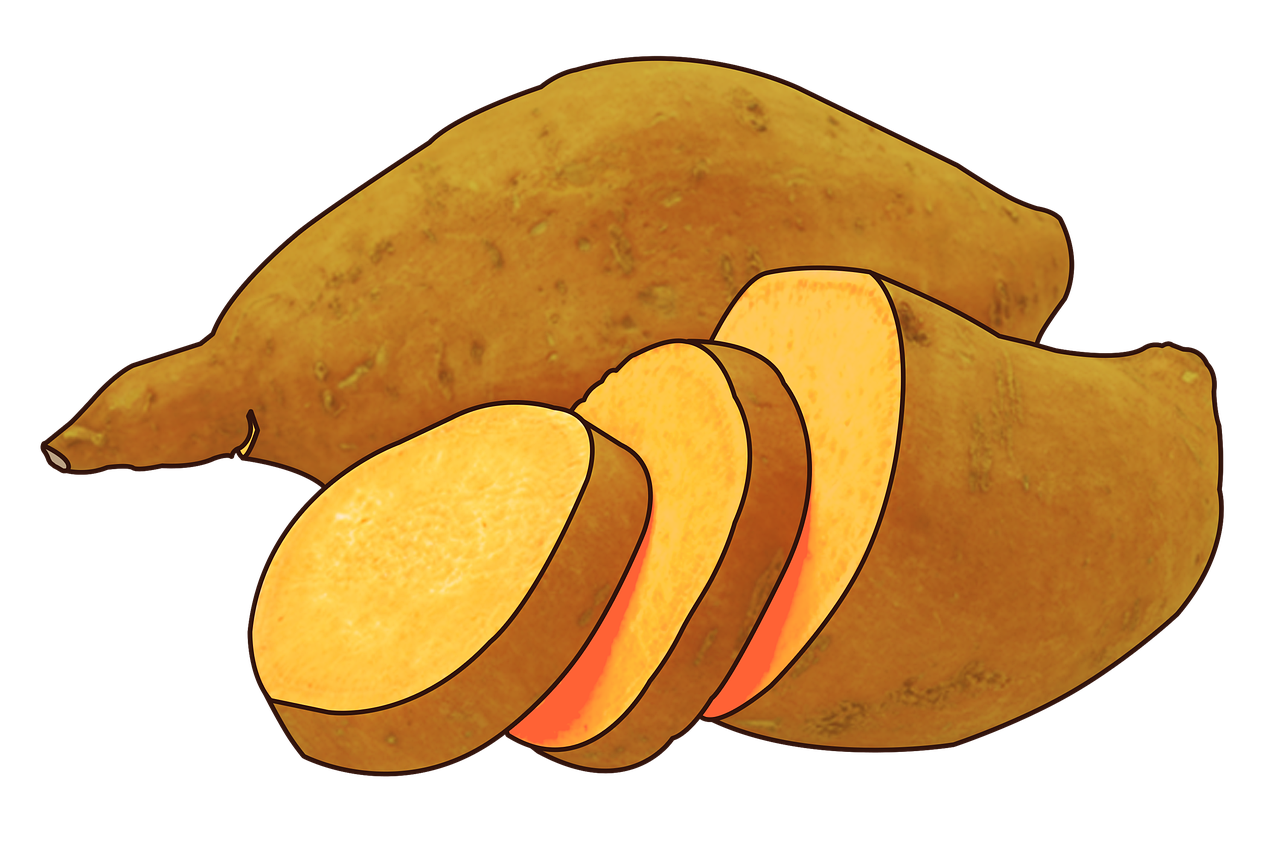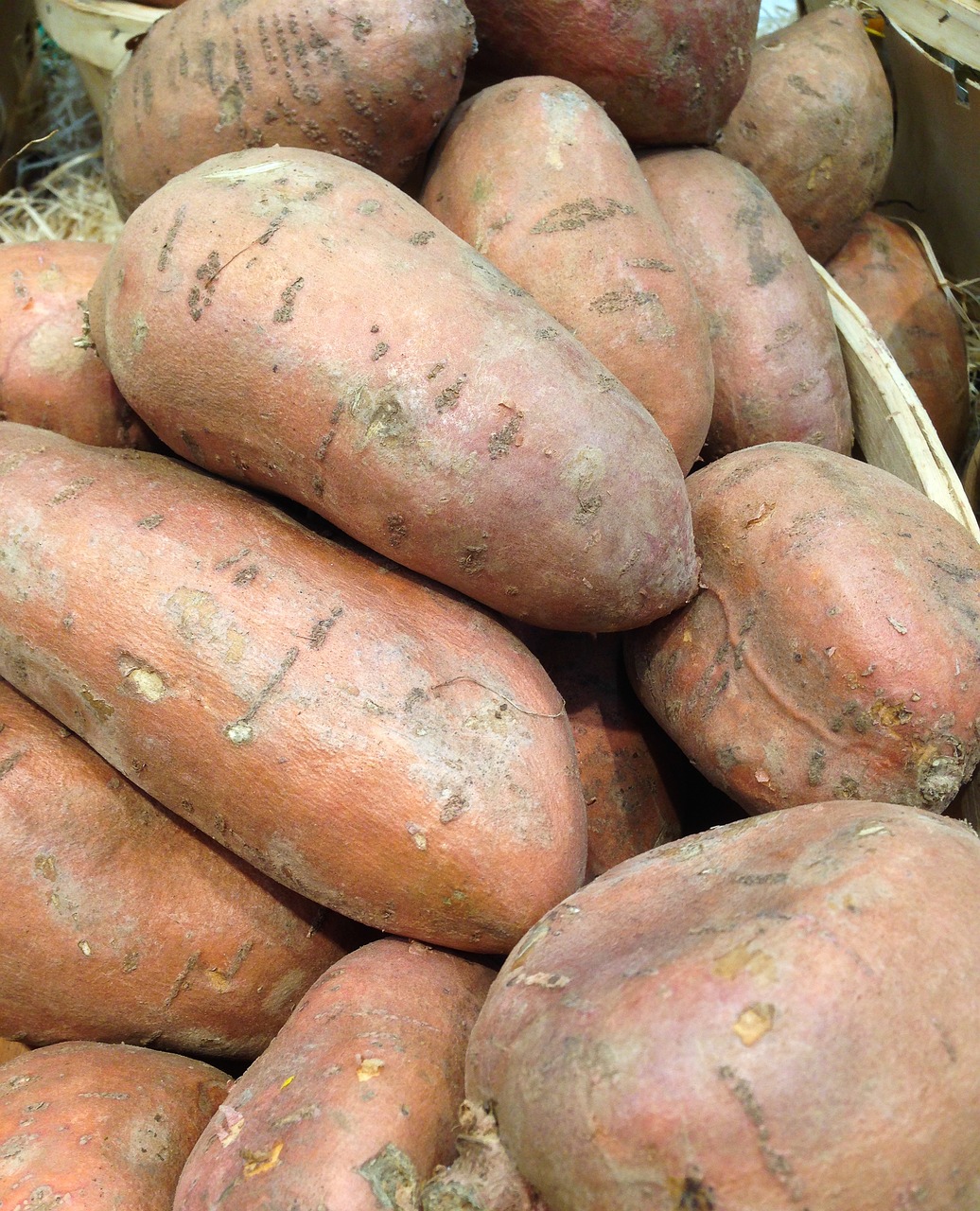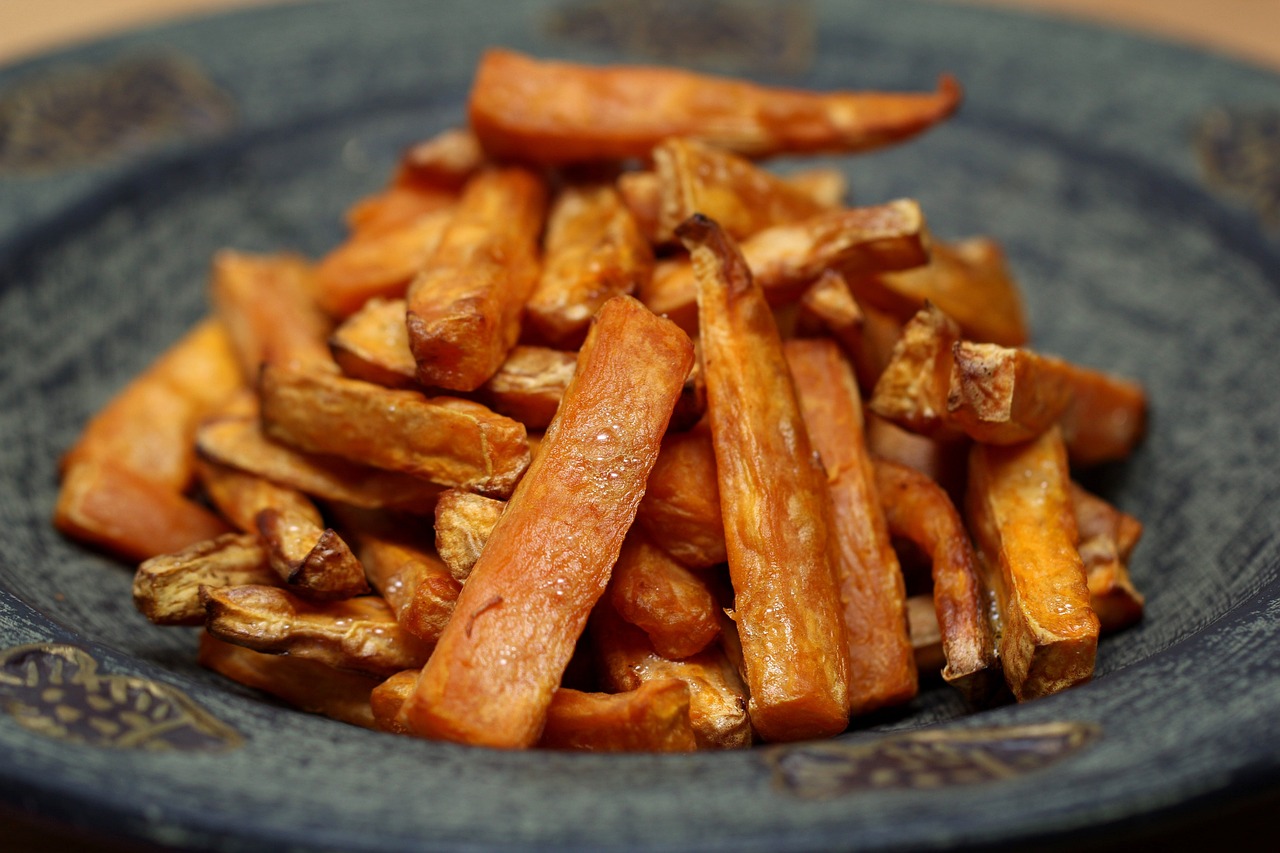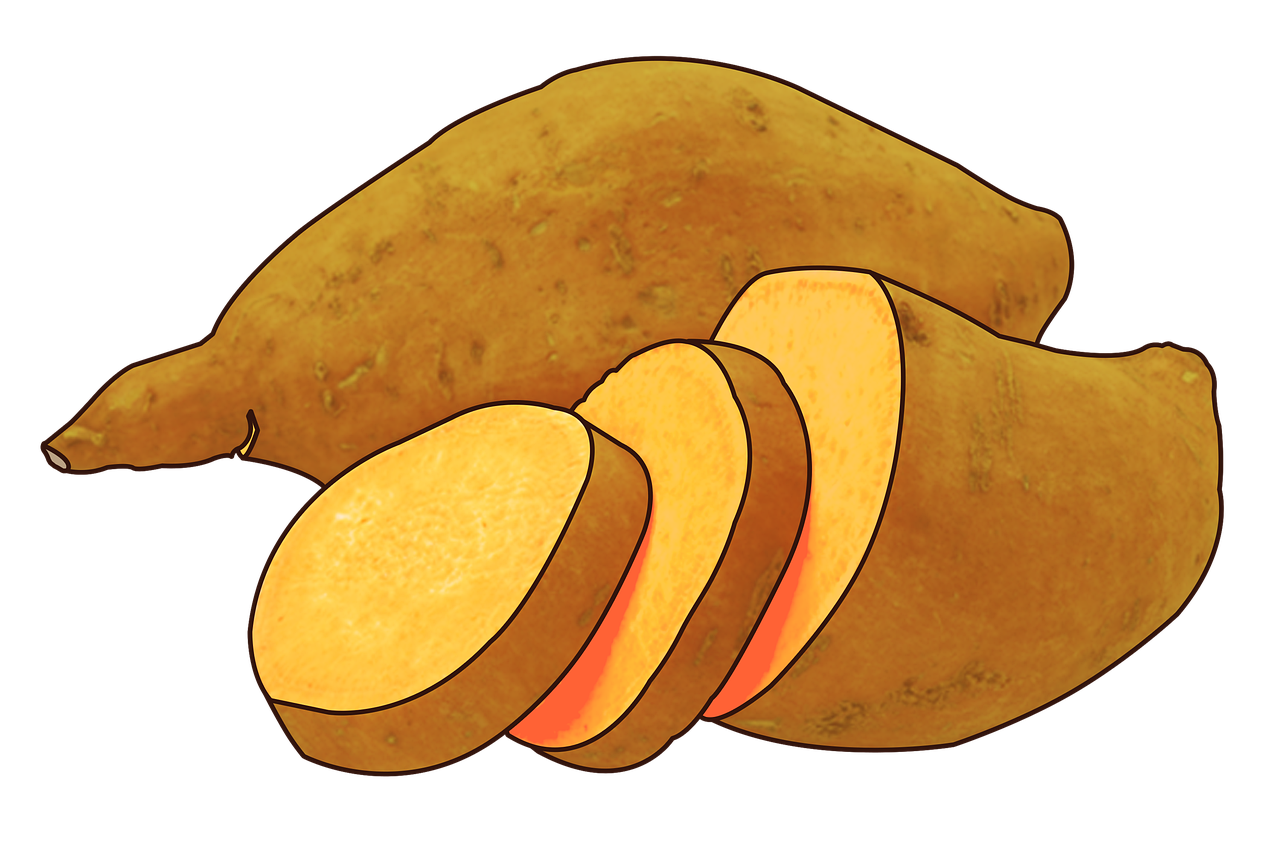Indulge in the delightful world of cooking with sweet potatoes and unlock a treasure trove of nutrient-dense goodness. Tastepan is here to guide you on a mouthwatering journey, where delectable recipes meet optimal health. With an array of wholesome meal ideas, dietary tips, and expert advice, you can nourish your body without compromising on flavor. Embrace the versatility of sweet potatoes and discover a whole new level of taste and wellness in your kitchen. Get ready for a culinary adventure that will leave you feeling satisfied, energized, and ready to take on the world.

Benefits of Sweet Potatoes
High in vitamins and minerals
Sweet potatoes are a nutritional powerhouse, packed with essential vitamins and minerals that are beneficial to your overall health. They are a rich source of vitamin A, C, and B6, which are important for maintaining healthy eyesight, boosting the immune system, and supporting brain function. Additionally, sweet potatoes contain minerals like potassium, manganese, and copper, which are necessary for various bodily functions such as regulating blood pressure, aiding in collagen production, and supporting energy metabolism.
Rich in antioxidants
Antioxidants play a crucial role in protecting our bodies from harmful free radicals, which can damage cells and contribute to chronic diseases. Sweet potatoes are abundant in antioxidants like beta-carotene, chlorogenic acid, and anthocyanins, which have been linked to reducing inflammation, improving heart health, and preventing certain types of cancer. Including sweet potatoes in your diet can greatly contribute to your body’s defense against oxidative stress and promote overall well-being.
Promote gut health
Maintaining a healthy gut is essential for proper digestion, nutrient absorption, and overall immune function. Sweet potatoes are a great source of dietary fiber, which acts as a prebiotic, providing nourishment for beneficial bacteria in the gut. This promotes a healthy balance of gut flora and helps improve digestion. The fiber content in sweet potatoes also aids in preventing constipation and regulating bowel movements, ensuring a healthy digestive system.
Different Types of Sweet Potatoes
Orange Sweet Potatoes
Orange sweet potatoes, also known as yams, are one of the most well-known varieties of sweet potatoes. They have a vibrant orange flesh and a sweet, slightly nutty flavor. These sweet potatoes are rich in beta-carotene, which gives them their vibrant color and is converted into vitamin A in the body. Orange sweet potatoes are versatile in cooking and can be used in various dishes, from sweet to savory.
Purple Sweet Potatoes
Purple sweet potatoes are a visually stunning variety with a vibrant purple flesh. They are rich in anthocyanins, which are powerful antioxidants that give them their deep purple hue. These antioxidants have been linked to various health benefits, including reducing inflammation, promoting heart health, and improving cognitive function. Purple sweet potatoes have a slightly sweet and earthy flavor, making them an exciting addition to any dish.
White Sweet Potatoes
White sweet potatoes have a creamy white flesh and a milder flavor compared to their orange and purple counterparts. They have a lower sugar content and a slightly starchy taste, making them a great option for those who prefer a less sweet variety. White sweet potatoes are an excellent source of complex carbohydrates, providing sustained energy and helping to regulate blood sugar levels.

Nutritional Value of Sweet Potatoes
High in fiber
One of the key nutritional benefits of sweet potatoes is their high fiber content. Fiber is essential for maintaining a healthy digestive system and promoting regular bowel movements. It also helps to keep you feeling full, reducing the risk of overeating and aiding in weight management. Sweet potatoes are an excellent source of both soluble and insoluble fiber, making them a valuable addition to a balanced diet.
Good source of potassium
Potassium is an essential mineral that plays a vital role in maintaining proper heart function, regulating blood pressure, and balancing fluid levels in the body. Sweet potatoes are a great source of potassium, with one medium-sized sweet potato containing approximately 542 milligrams. Incorporating sweet potatoes into your meals can help ensure you meet your daily potassium needs and support optimal heart health.
Low in fat
For those looking to maintain a healthy weight or reduce their fat intake, sweet potatoes are an ideal choice. They are naturally low in fat, making them a nutritious alternative to higher fat foods. By swapping out regular potatoes or other high-fat ingredients with sweet potatoes, you can enjoy flavorful, satisfying meals without sacrificing your dietary goals.
Choosing and Storing Sweet Potatoes
Selecting the best sweet potatoes
When choosing sweet potatoes, look for ones that are firm and free from any soft spots or blemishes. The skin should be smooth and without any signs of mold or sprouting. Avoid selecting sweet potatoes that have been damaged or bruised, as they may deteriorate quickly. It’s also worth noting that different varieties of sweet potatoes may have slightly different appearances, so choose the type that suits your needs and preferences.
Proper storage techniques
To extend the shelf life of sweet potatoes, it’s important to store them properly. Keep them in a cool, dry, and well-ventilated area, such as a pantry or cupboard. Avoid storing them in the refrigerator, as the cold temperatures can alter their texture and flavor. Sweet potatoes should be kept away from direct sunlight, as exposure to light can cause them to sprout. When stored correctly, sweet potatoes can last for several weeks.
Avoiding mold and spoilage
To prevent mold and spoilage, it’s crucial to handle sweet potatoes with care. Before storing them, make sure they are dry and free from any dirt or debris. Moisture can encourage mold growth and make sweet potatoes go bad quickly. Additionally, if you notice any signs of mold or rotting, it’s best to discard the affected sweet potatoes to prevent the spread of spoilage.

Popular Sweet Potato Dishes
Sweet Potato Fries
Sweet potato fries have become a popular alternative to traditional french fries due to their natural sweetness and lower starch content. They can be baked or fried to achieve a crispy texture and enjoyed as a delicious side dish or snack. Sweet potato fries are not only tasty but also a healthier option, providing more nutritional value compared to regular fries.
Sweet Potato Casserole
A classic holiday favorite, sweet potato casserole combines the natural sweetness of sweet potatoes with a decadent topping of brown sugar, pecans, and marshmallows. This comforting dish is a perfect balance of flavors and textures, making it a crowd-pleaser for any special occasion.
Baked Sweet Potatoes
Baked sweet potatoes are a simple yet satisfying way to enjoy the natural flavors of this versatile vegetable. Simply wash and poke the sweet potatoes with a fork, then bake until tender. Once cooked, you can top them with a variety of ingredients, such as butter, cinnamon, honey, or sour cream, to enhance their taste.
Sweet Potato Preparations
Boiling sweet potatoes
Boiling sweet potatoes is a quick and easy way to cook them while retaining their natural flavor and nutrients. Simply peel and chop the sweet potatoes into bite-sized pieces, then place them in a pot of boiling water. Cook until tender, usually around 15-20 minutes, and drain. Boiled sweet potatoes can be enjoyed as a side dish, added to soups or stews, or mashed for a creamy and comforting texture.
Roasting sweet potatoes
Roasting sweet potatoes brings out their natural sweetness and creates a caramelized outer layer. To roast sweet potatoes, peel and cut them into wedges or cubes, toss them in olive oil, and season with herbs, spices, or salt. Spread them out on a baking sheet and roast in the oven at around 400°F (200°C) for approximately 30-40 minutes, or until they are golden brown and tender. Roasted sweet potatoes make a delicious side dish, salad topping, or can be enjoyed on their own.
Mashing sweet potatoes
Mashed sweet potatoes are a comforting and nutritious alternative to traditional mashed potatoes. To make mashed sweet potatoes, boil or steam peeled and diced sweet potatoes until tender. Drain and transfer the cooked sweet potatoes to a mixing bowl. Add butter, milk, or cream, and seasonings such as cinnamon, nutmeg, or brown sugar. Mash everything together until smooth and creamy. Mashed sweet potatoes can be served as a side dish or used as a base for various recipes, such as pies or casseroles.
Sweet Potatoes in Mexican Cuisine
Sweet potato tacos
Tacos filled with seasoned and roasted sweet potato cubes make for a flavorful and satisfying vegetarian option. The natural sweetness of sweet potatoes pairs well with savory spices like cumin, paprika, and chili powder. Top the tacos with your favorite salsa, guacamole, and fresh herbs for a burst of additional flavors.
Sweet potato enchiladas
Sweet potato enchiladas are a delicious twist on the classic Mexican dish. Simply fill tortillas with a mixture of roasted sweet potatoes, black beans, cheese, and spices, roll them up, and place them in a baking dish. Cover with enchilada sauce and cheese, then bake until hot and bubbly. The combination of sweet and savory flavors in these enchiladas is sure to impress.
Sweet potato quesadillas
Quesadillas stuffed with cheesy sweet potato filling are a delightful and easy-to-make meal option. Mash cooked sweet potatoes and mix them with shredded cheese, chopped onions, and spices. Spread the mixture onto tortillas, fold them in half, and cook them on a skillet until the cheese is melted and the tortillas are crispy. Serve the quesadillas with salsa, sour cream, or guacamole for a delicious and satisfying meal.
Sweet Potatoes in Asian Cuisine
Sweet potato noodles
Sweet potato noodles, also known as glass noodles or cellophane noodles, are a popular ingredient in many Asian dishes. Made from sweet potato starch, these translucent noodles have a chewy texture and are a versatile addition to stir-fries, soups, and salads. They absorb the flavors of other ingredients and provide a unique texture to your dishes.
Miso-glazed sweet potatoes
The combination of sweet potatoes and miso creates a delightful blend of sweet and savory flavors commonly found in Japanese cuisine. Simply roast sweet potato wedges and brush them with a mixture of miso paste, soy sauce, and honey or maple syrup. Roast until the glaze caramelizes, turning the sweet potatoes into a delicious and unique side dish or snack.
Curried sweet potato soup
Curried sweet potato soup is a warming and flavorful dish that combines the creaminess of sweet potatoes with aromatic spices. Begin by sautéing onions, garlic, and curry powder in a pot. Add diced sweet potatoes, vegetable broth, and coconut milk, then simmer until the sweet potatoes are soft. Blend the mixture until smooth, and season with salt, pepper, and additional spices to taste. This comforting soup can be enjoyed on its own or paired with crusty bread for a satisfying meal.
Sweet Potato Desserts
Sweet potato pie
Sweet potato pie is a classic dessert that showcases the natural sweetness and creamy texture of sweet potatoes. The filling is made by combining cooked and mashed sweet potatoes with sugar, eggs, butter, and spices such as cinnamon, nutmeg, and vanilla. The mixture is then poured into a pie crust and baked until set. Serve chilled or warm, topped with whipped cream for a delicious and indulgent treat.
Sweet potato brownies
Sweet potato brownies offer a healthier twist on the traditional chocolate dessert. By using cooked and mashed sweet potatoes instead of oil or butter, you can reduce the fat content while adding moisture and natural sweetness. Combine the sweet potatoes with cocoa powder, flour, sweetener of choice, and other desired ingredients such as chocolate chips or nuts. Bake until fudgy and irresistible.
Sweet potato pancakes
Sweet potato pancakes are a delightful breakfast or brunch option that adds nutrients and flavor to your morning meal. Grate or mash cooked sweet potatoes and add them to your pancake batter along with other ingredients like flour, milk, eggs, and spices. Cook the pancakes on a griddle until golden brown, and serve them with your favorite toppings, such as maple syrup, whipped cream, or fresh fruits.
Conclusion
Incorporating sweet potatoes into your diet offers numerous benefits for your overall health and well-being. Their high levels of essential vitamins and minerals, along with their rich antioxidant content, make them a valuable addition to a nutrient-rich diet. Whether you enjoy them in their natural form, as a savory dish, or a sweet treat, the versatility of sweet potatoes allows for endless possibilities in the kitchen. So, why not experiment with different flavors and recipes, and take advantage of the nutritional goodness that sweet potatoes have to offer? Your taste buds and your body will thank you.

